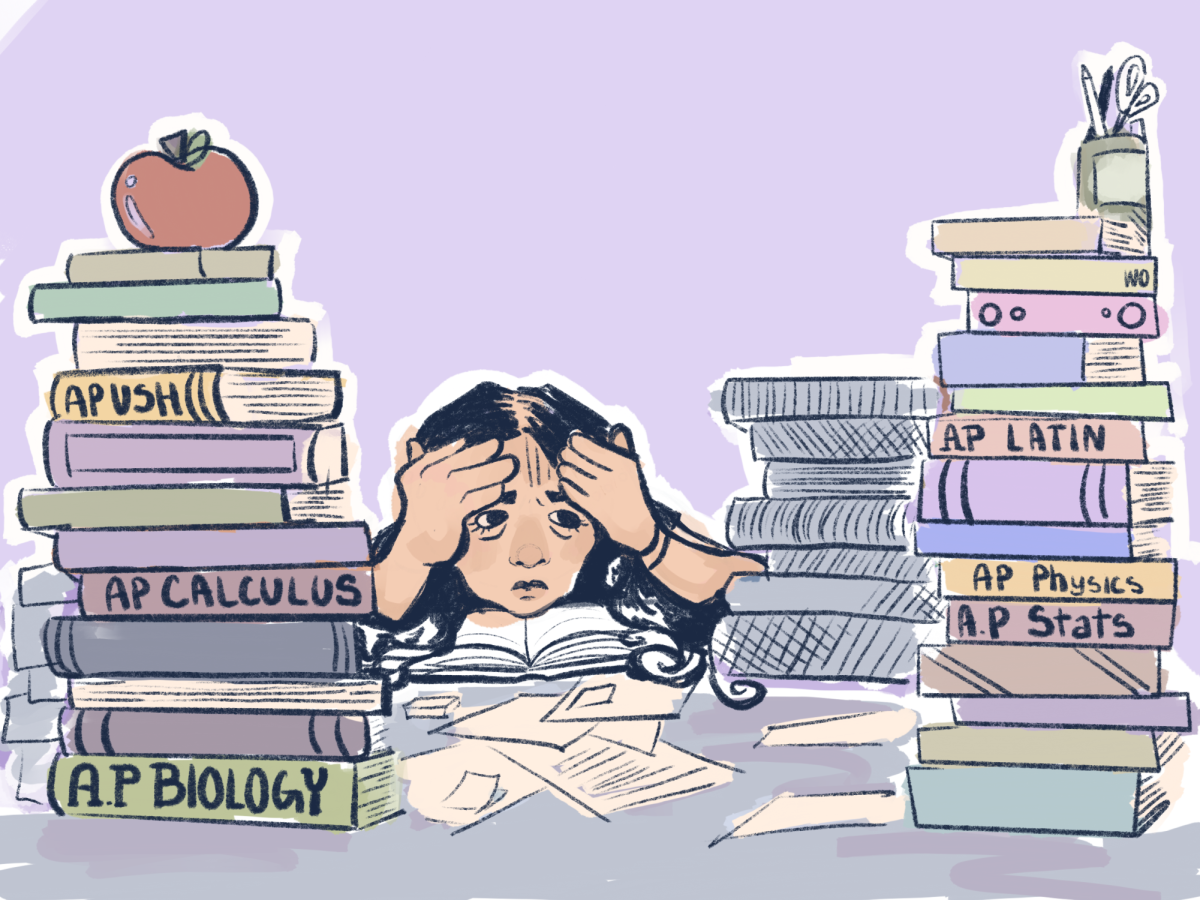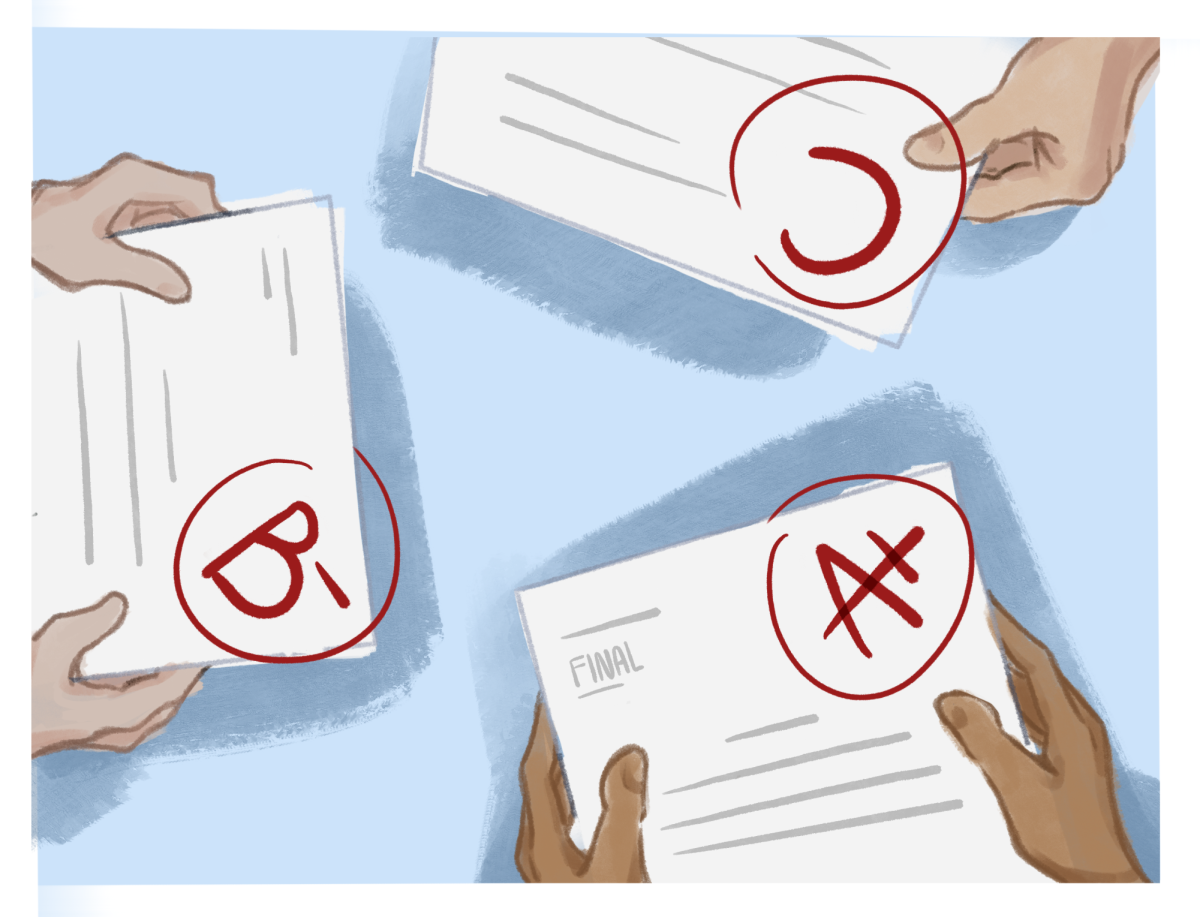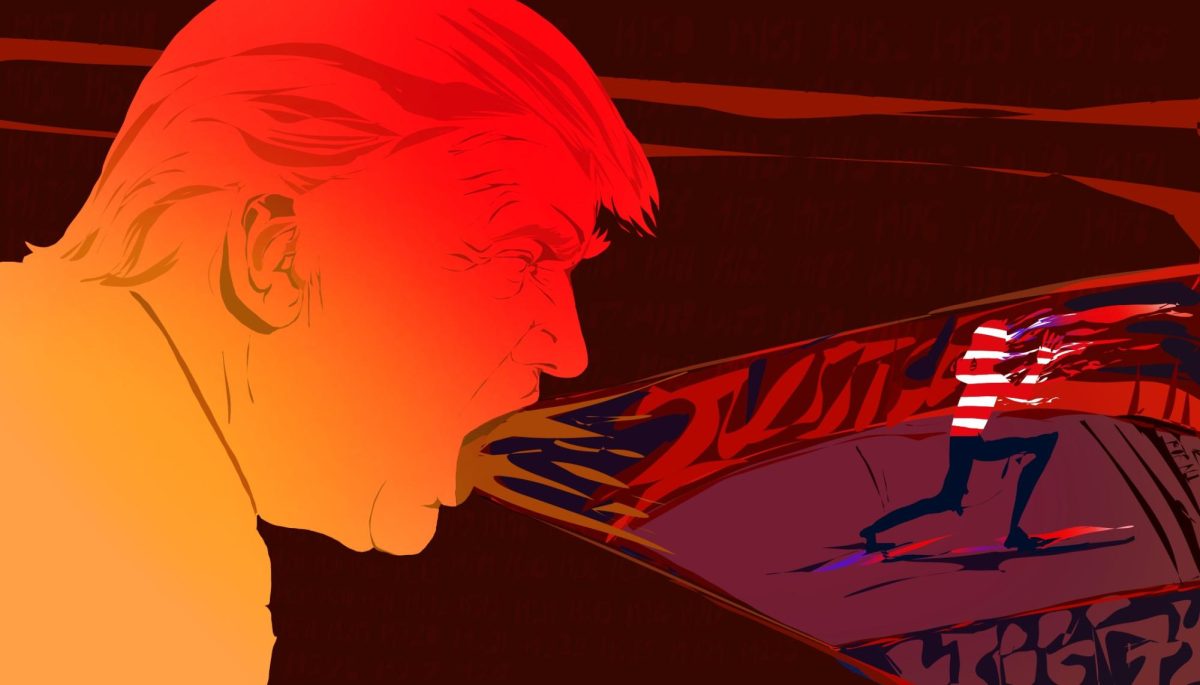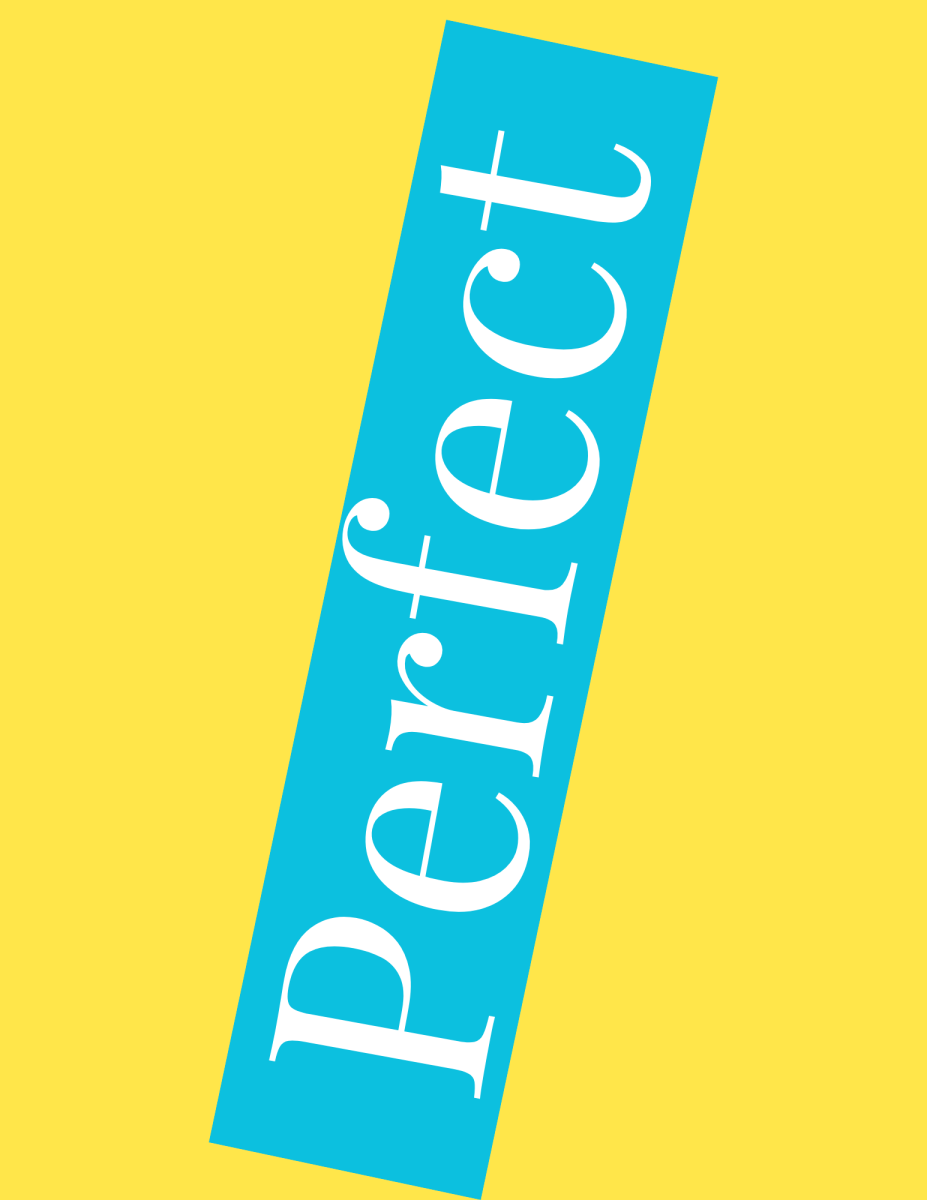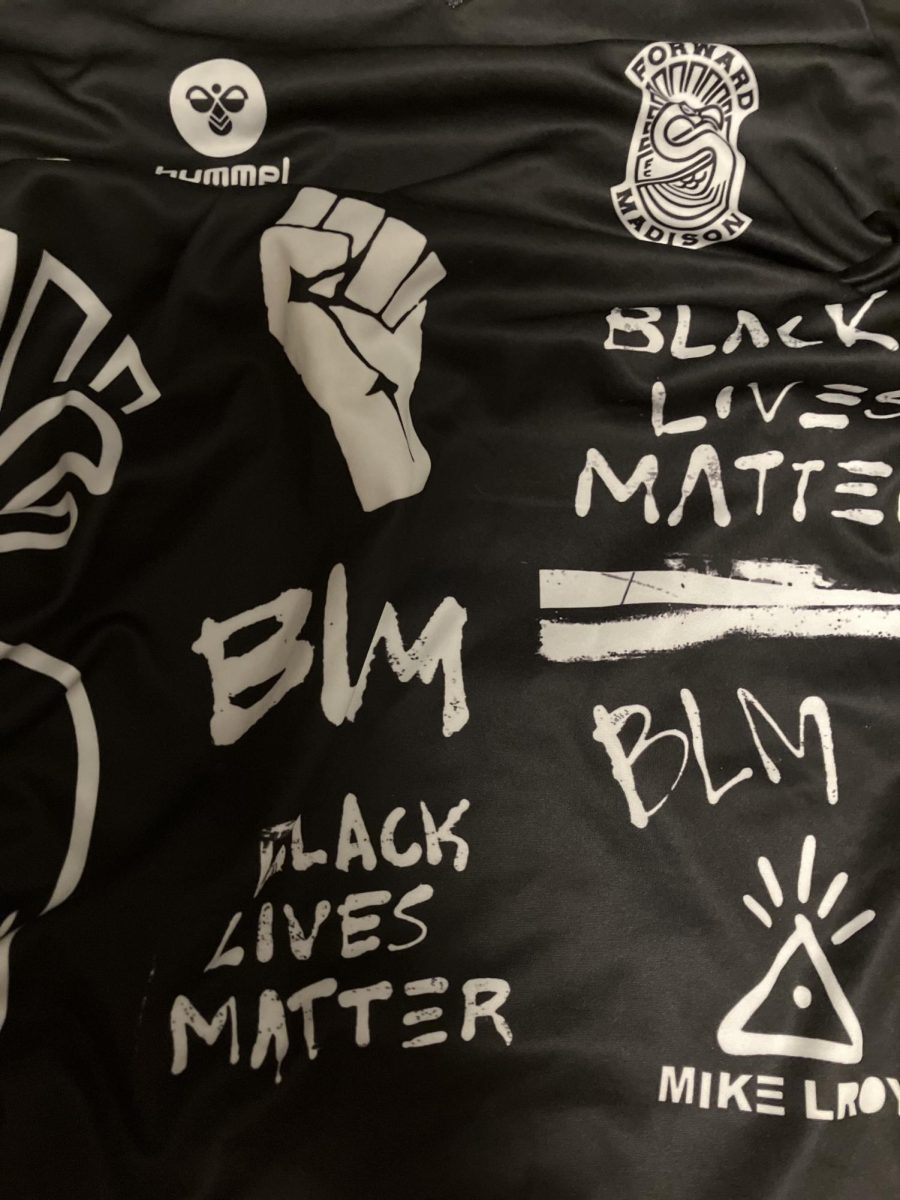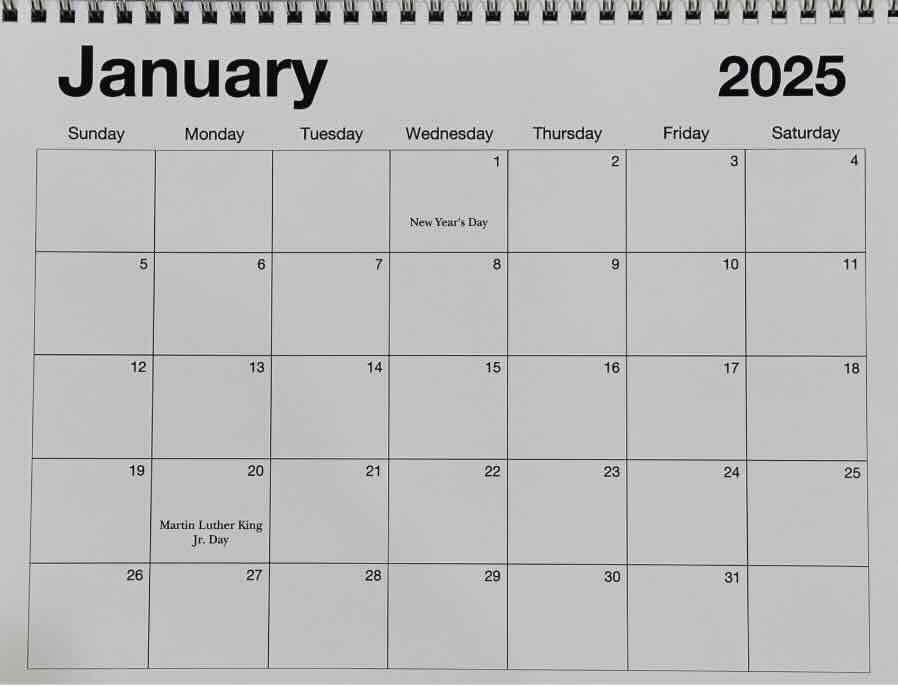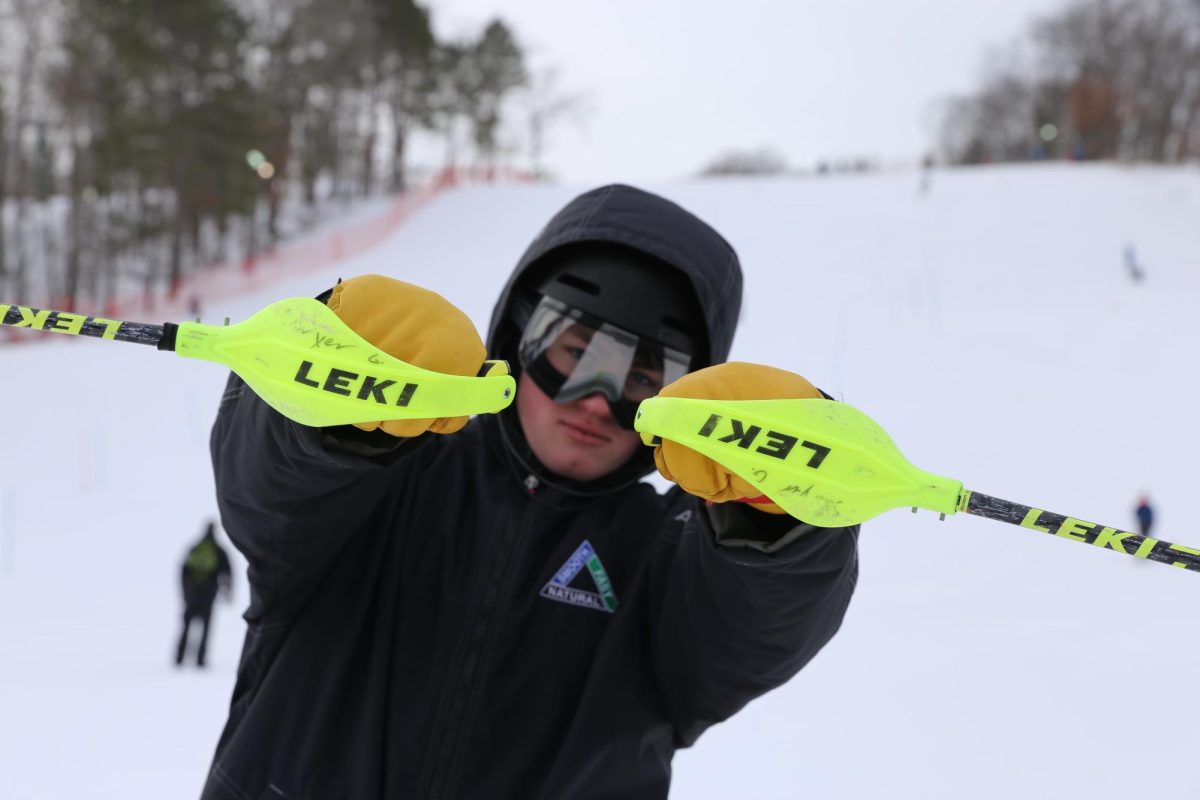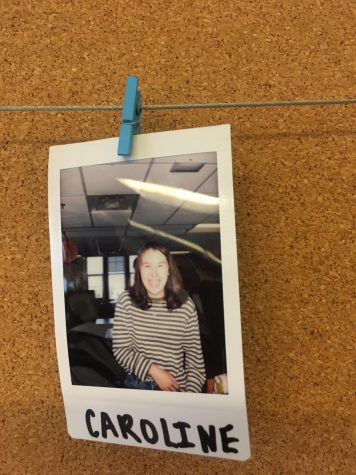Intended to be fun, community-inducing events, school dances have become sources of contention between students and administrators. Increased security, restrictions on the music played, and increased chaperone supervision leaves students feeling guiltyóbut of what, they arenít sure.
Increased transparency behind dance policies is paramount to restoring the community-wide excitement about dances. Moreover, dance policies should be consistent with other already standing athletic and academic policies and norms.
The added security is understandable in some ways. Administrators and students both want to feel safe at dances, and having police officers on site is even just a visual reminder to students that laws still apply. However, having officers roaming around continuously during the dance and watching students is aggressive, and can give students the feeling that the officer is waiting for them to do something wrong. This constant fear is not conducive to a community-bonding event. The presence of already familiar Upper School security officers could accomplish the same goal of making sure students were following the rules in a much more comfortable way. Having on-site officers is a good idea, but they do not need to be as consistently visual as they are now.
At Homecoming, teacher chaperones stood in between students and the DJ. Teachers would have to physically move students back when they became ìtoo closeî to the DJ. While this may have been a policy put in place by the DJ, it was extremely uncomfortable for students and teachers alike, leading to increased unease on the dance floor.
In addition to this new partitioning, explicit music was not permitted to be played. A new policy since Prom last year, students were frustrated, as much of the popular dance music of today includes expletives and misogynistic tones. During our academic day, there are many times where expletives are used, even by a teacher during class. This culture is not fought against during the school day, making it inconsistent to be banned at school dances, places where students are supposed to be able to have fun and relax. Additionally, explicit songs are not banned at Blake-sponsored sporting events.
The rule for the boysí soccer team, and most other teams is that as long as swear-words are bleeped out, the song is fine. Adopting this policy at dances would allow for consistency between Blake events, and allow students to listen to music that they want to hear.
Finally, there is minimal transparency behind why these new policies are put in place, and it is extremely unclear who is in charge of making these policies. Administrators have even expressed their uncertainty as to who is truly ìin charge. This power vacuum cannot continue. Policies cannot come and go as easily as they currently do, leaving students confused without a place to find answers or express discomfort.
School dances no longer feel like a place where students can relax and have fun. Instead, we feel constantly watched, as if we are expected to be doing something wrong. Itís highly unlikely that anyone wants dances to be as inflammatory as they currently are. Transparency, consistent policies, and familiar faces enforcing security measures will make dances and the process that surrounds dance planning, much less contentious for students, teachers, and administrators alike.


